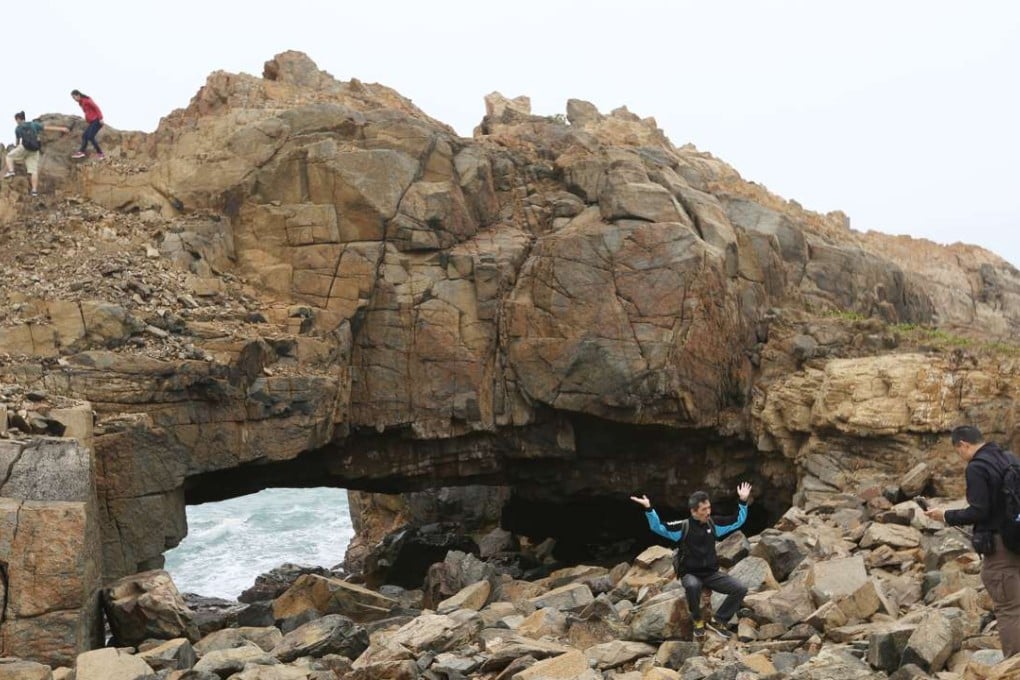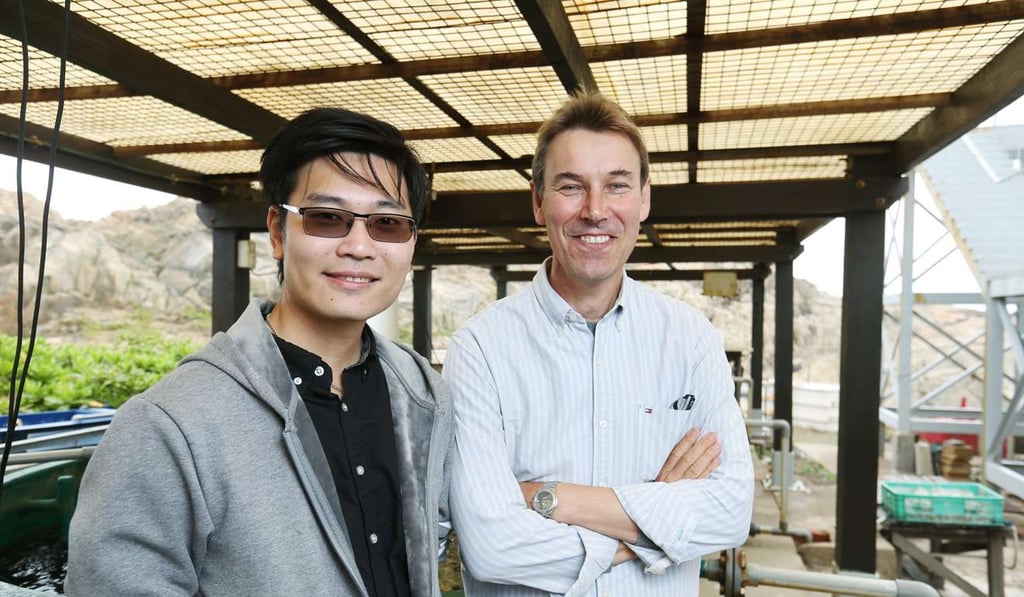Hong Kong marine research centre may build wall to keep out unruly visitors
Surge in numbers to ecologically sensitive Cape D’Aguilar has disrupted work of scientists, with people even collecting animals and fishing illegally

A wall may have to be put around an ecologically sensitive research area in Hong Kong if visitors do not begin respecting it, the director of a marine biology research facility warns.
Professor Gray Williams of the Swire Institute of Marine Science research facility (SWIMS) says a surge of visitors in the past few years to Cape D’Aguilar at the southeastern tip of Hong Kong Island has disrupted research and experiments and raised safety concerns.

“We’ve had some of the small seedlings pulled out of their pods and they were not put back and so they died. We’ve had people standing on animals and they died.”
Researchers and students have seen visitors collecting animals or fishing in the area, which is illegal as the waters have been declared a marine reserve.